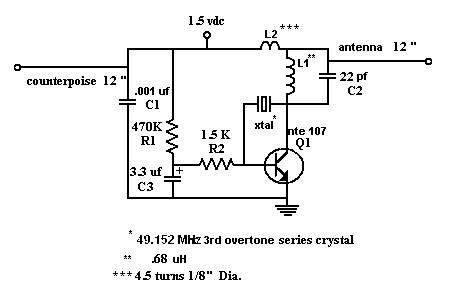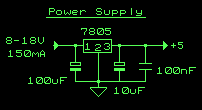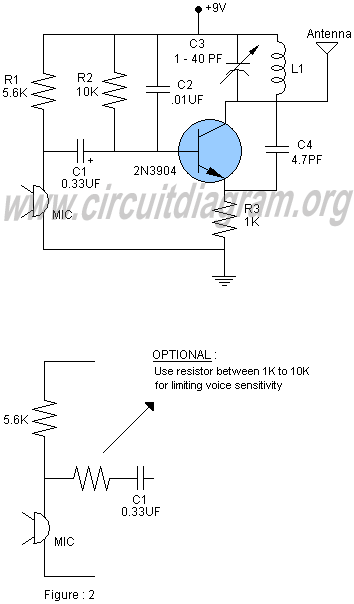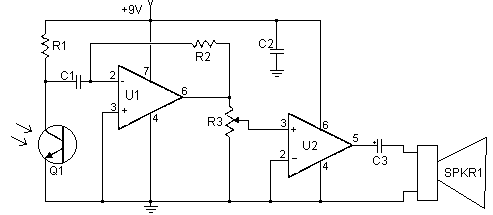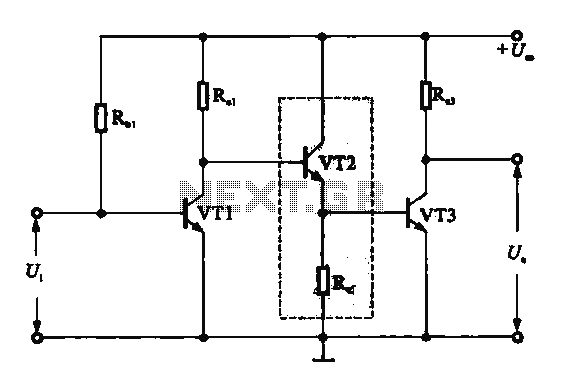
two stage fm transmitter bug more tank circuits
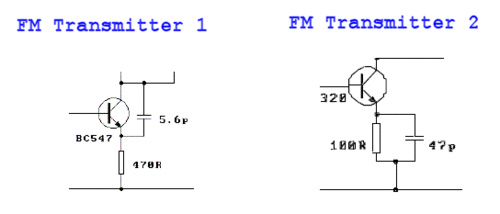
These two tank circuits appear to broaden the operating spectrum. The accompanying information sheet indicates that when both circuit stages oscillate at the same frequency, the power output reaches its maximum. This suggests that if the tunable tank circuit matches the oscillating frequency of the other two tank circuits, it enhances power utilization and facilitates longer transmission distances. Below the transistor, a resistor and capacitor are configured in parallel. The arrangement of these components may be somewhat perplexing; however, it functions similarly to FM Transmitter 1. In both cases, the resistor is grounded, but in FM Transmitter 2, the capacitor is not connected to the outputs of the tank circuit. Nevertheless, it allows current flowing through the transistor to reach ground. A question arises regarding the positioning of the 47pF capacitor: why is it oriented as it is, rather than being connected to the antenna line as in FM Transmitter 1? Additionally, a radio frequency choke (RFC) is an inductive component that inhibits certain high radio frequencies from specific areas of a radio circuit, as inductors prevent AC current from passing through due to their reactance.
The circuit configuration described involves two tank circuits functioning to extend the operational frequency range of the system. Tank circuits, which consist of inductors and capacitors, resonate at specific frequencies and are critical for tuning and filtering applications in radio frequency (RF) circuits. The interaction between the tunable tank circuit and the other two circuits is essential for achieving optimal power output, particularly when all circuits are synchronized to oscillate at the same frequency. This synchronization maximizes energy transfer and efficiency, thereby enhancing transmission capabilities.
The parallel arrangement of the resistor and capacitor below the transistor serves a crucial role in signal processing. The resistor, connected to ground, helps stabilize the circuit by providing a discharge path for the capacitor. The capacitor's placement, while not directly linked to the tank circuit outputs, is significant as it influences the AC signal behavior by allowing certain frequencies to pass while shunting others to ground. This selective filtering can help mitigate unwanted noise and improve signal integrity.
The decision to omit the capacitor connection to the antenna line, as seen in FM Transmitter 1, raises important considerations regarding circuit design. The specific orientation of the 47pF capacitor could be intended to optimize the circuit's response to particular frequency ranges or to prevent loading effects that could impair the overall performance of the transmitter.
Furthermore, the inclusion of a radio frequency choke (RFC) is vital for maintaining the integrity of the circuit by preventing high-frequency AC signals from interfering with the operation of other components. The RFC achieves this by introducing inductive reactance, which effectively blocks unwanted high-frequency signals while allowing lower frequencies to pass, thus ensuring that the desired signals are transmitted without distortion.
Overall, the described circuit illustrates a sophisticated approach to RF design, combining tank circuits, selective filtering, and impedance management to achieve efficient and effective signal transmission in radio frequency applications.These two tank circuits seem to expand that operating spectrum. Maybe The information sheet that came with the bug states that When both circuit stages are oscillating at the same frequency, the power output will be at a maximum. This must mean that if the tunable tank circuit is at the same oscillating frequency as the two other tank circuits, that enables better utilization
of the power and therefore farther transmission. So then south of the transistor we see that there`s a resistor and capacitor in parallel. The orientation of these two elements is slightly confusing to me, but it is still somewhat functionally the same as in FM transistor 1: The resistor is connected to ground in both instances, but the capacitor in FM Transmitter 2 is not connected to the tank circuit outputs. It still does allow current going through the transistor to go through to ground. So my first question is why is the 47pf capacitor in the orientation/location it is in besides allowing certain signals to go to ground.
Why wouldn`t it be connected to the antenna line as in FM transmitter 1 So an RFC Choke is also known as a radio frequency choke. These are inductances that prevent certain high radio frequencies from certain areas of a radio circuit.
Remember that the inductors prevent AC current from passing through due to reactance. 🔗 External reference
The circuit configuration described involves two tank circuits functioning to extend the operational frequency range of the system. Tank circuits, which consist of inductors and capacitors, resonate at specific frequencies and are critical for tuning and filtering applications in radio frequency (RF) circuits. The interaction between the tunable tank circuit and the other two circuits is essential for achieving optimal power output, particularly when all circuits are synchronized to oscillate at the same frequency. This synchronization maximizes energy transfer and efficiency, thereby enhancing transmission capabilities.
The parallel arrangement of the resistor and capacitor below the transistor serves a crucial role in signal processing. The resistor, connected to ground, helps stabilize the circuit by providing a discharge path for the capacitor. The capacitor's placement, while not directly linked to the tank circuit outputs, is significant as it influences the AC signal behavior by allowing certain frequencies to pass while shunting others to ground. This selective filtering can help mitigate unwanted noise and improve signal integrity.
The decision to omit the capacitor connection to the antenna line, as seen in FM Transmitter 1, raises important considerations regarding circuit design. The specific orientation of the 47pF capacitor could be intended to optimize the circuit's response to particular frequency ranges or to prevent loading effects that could impair the overall performance of the transmitter.
Furthermore, the inclusion of a radio frequency choke (RFC) is vital for maintaining the integrity of the circuit by preventing high-frequency AC signals from interfering with the operation of other components. The RFC achieves this by introducing inductive reactance, which effectively blocks unwanted high-frequency signals while allowing lower frequencies to pass, thus ensuring that the desired signals are transmitted without distortion.
Overall, the described circuit illustrates a sophisticated approach to RF design, combining tank circuits, selective filtering, and impedance management to achieve efficient and effective signal transmission in radio frequency applications.These two tank circuits seem to expand that operating spectrum. Maybe The information sheet that came with the bug states that When both circuit stages are oscillating at the same frequency, the power output will be at a maximum. This must mean that if the tunable tank circuit is at the same oscillating frequency as the two other tank circuits, that enables better utilization
of the power and therefore farther transmission. So then south of the transistor we see that there`s a resistor and capacitor in parallel. The orientation of these two elements is slightly confusing to me, but it is still somewhat functionally the same as in FM transistor 1: The resistor is connected to ground in both instances, but the capacitor in FM Transmitter 2 is not connected to the tank circuit outputs. It still does allow current going through the transistor to go through to ground. So my first question is why is the 47pf capacitor in the orientation/location it is in besides allowing certain signals to go to ground.
Why wouldn`t it be connected to the antenna line as in FM transmitter 1 So an RFC Choke is also known as a radio frequency choke. These are inductances that prevent certain high radio frequencies from certain areas of a radio circuit.
Remember that the inductors prevent AC current from passing through due to reactance. 🔗 External reference
